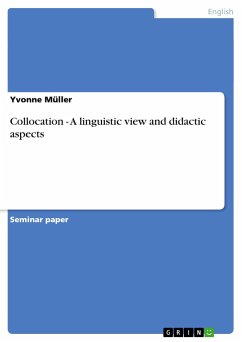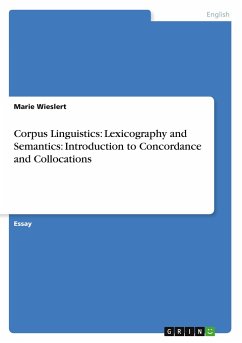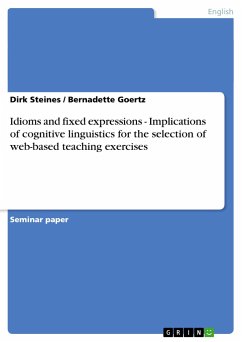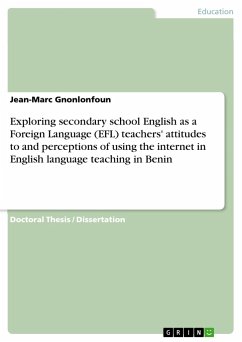Seminar paper from the year 2008 in the subject English Language and Literature Studies - Linguistics, grade: 1,0, University of Paderborn, language: English, abstract: The following paper deals with collocation. The topic is investigated with a linguistic view, but also didactic aspects should not be completely disregarded, because collocation is a very important topic especially for teachers. They have to know which word goes together with which term and how to explain these relationships to their pupils. The collocational aspect will have its meaning explained. Then a description of how collocations are used will follow. The third part of this paper presents Benson's understanding of collocation. He distinguishes between the collocations of different word classes. The first section is about lexical collocations, which contains collocations consisting of nouns, verbs, adverbs and adjectives. Then the most common lexical combinations will have their meaning explained. The first given type of collocation consists of verbs and nouns; the second one deals with the collocations of adjectives and nouns and the third section examines collocations of verbs and adverbs, while the last combination consists of adverbs and adjectives. These combinations are the most common lexical collocations, so others should be disregarded. The different kinds of collocations are examined concerning their behaviour in a sentence and the possibility they suggest to be substituted. After this examination the paper summarizes the structure of grammatical collocation. In the next part, Cowie's understanding of collocation is presented. He distinguishes between restricted and open collocations, which will be explained in this section. The next part of the paper contains some aspects one has to take account of when collocations are translated. Concerning translatability there are three different types of collocations: collocations of complete, partial and of no equivalence. These types are presented and examples are given. Finally, a few suggestions are given on how to teach collocation in school. Therefore, some different suggestions for teaching are given to make allowances for the student's age and advancement. The paper ends with a short summary and a final reflection.








